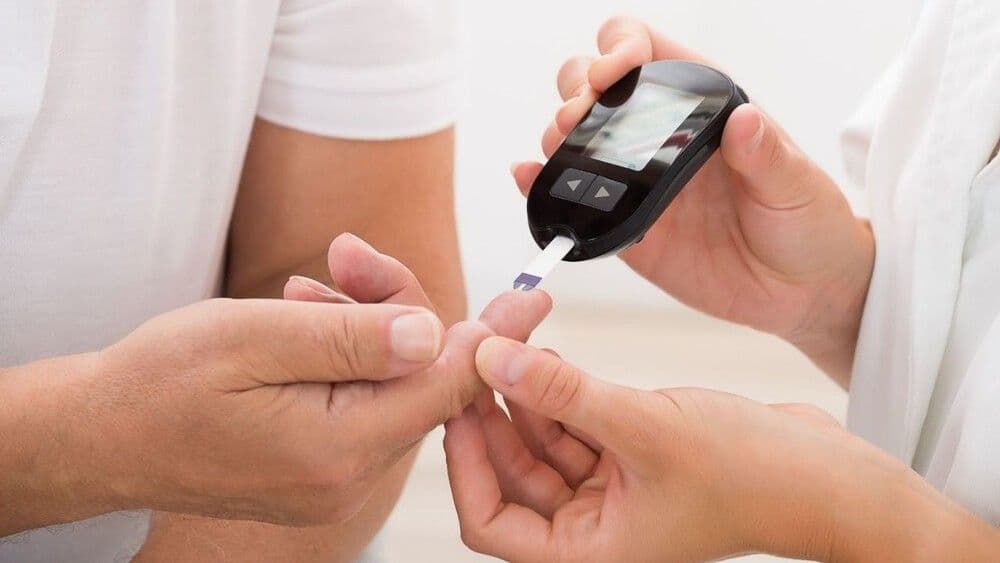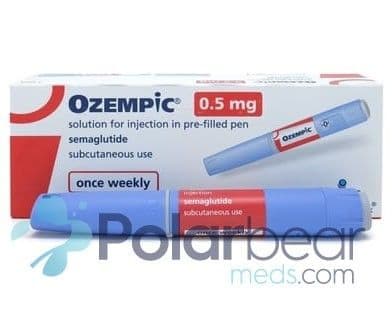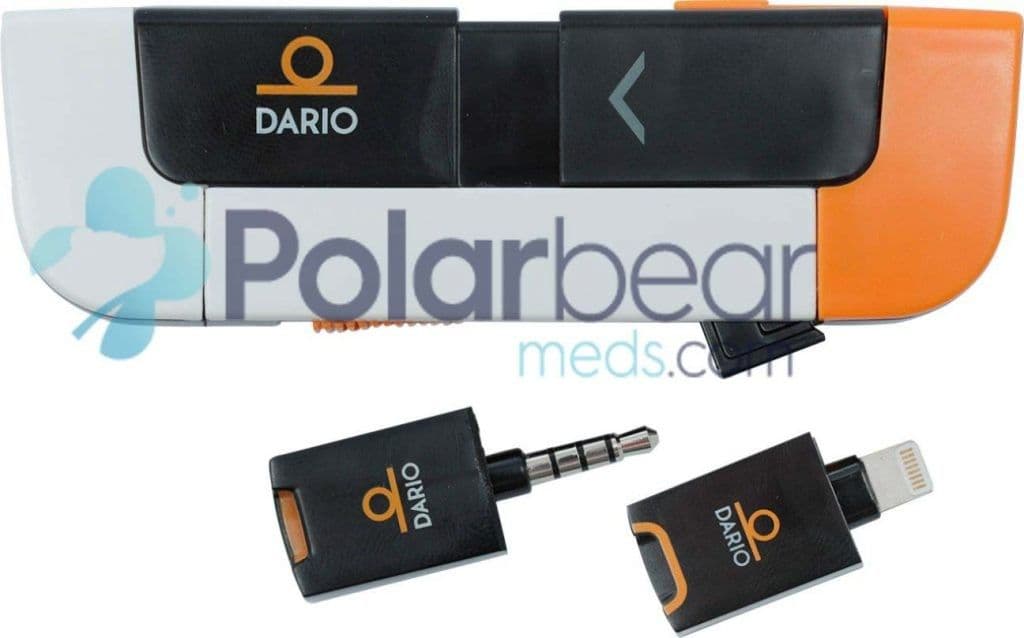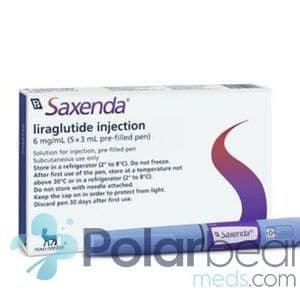
Hyperglycemia in Diabetes: Causes & Symptoms
Diabetes is a pancreatic and vascular illness that makes it tough for the body to absorb and break down sugars (monosaccharides and polysaccharides, largely to be in high carbohydrate foods). For a diabetic, these sugars stay in the bloodstream, leading to high blood sugar (hyperglycemia) and ultimately consequences.
Diabetes isn’t the only cause of high blood sugar, known as hyperglycemia, but majority of people with diabetes have to precisely watch their blood sugar. When a person has diabetes, their bodies don’t produce enough insulin to efficiently process sugar naturally, leading to hyperglycemia.
It’s important for a person with diabetes to watch hyperglycemia because high blood sugar can lead to eye, kidney, heart, limb, or blood vessel damage. Other causes of hyperglycemia include illness, infection, and post-surgical status.
To further understand hyperglycemia, one must first understand the symptoms of hyperglycemia and how to watch for the corresponding symptoms.
Symptoms of Hyperglycemia
There are a wide ranges of hyperglycemia, from mild to moderate to severe. Most frequently, if a person becomes symptomatic of hyperglycemia, their blood sugar is in the moderate or severe range, and they should seek a healthcare provider right away.
Listed below, are the common moderate signs of hyperglycemia:
- Polyuria (urinating constantly)
- Polydipsia ( inordinate thirst and drinking frequently)
- Headaches, fatigue, difficulty concentrating
- Blurred or worsening vision ( especially with habitual hyperglycemia)
- Foot or extremity tingling/ pain/ numbness/ cold wave insensitivity
- Slow- recovery injuries and skin infections
- Increased hunger can occasionally happen along with increased thirst

In the absence of treatment, the symptoms listed below will ultimately lead to more severe signs of hyperglycemia.
Here are the most common signs of severe hyperglycemia:
- Nausea and Vomiting
- Altered Mental Status
- Difficulty breathing
- Kussmaul’s breathing ( quick, shallow breaths as a result of diabetic ketoacidosis)
- Fruit like- smelling breath and fruity- smelling urine
- Very high high blood sugar upon testing
- Ketones in a urine sample
- Weight loss
- Abdominal pain and diarrhea
- Rapid heart beat (tachycardia)
- Confusion leading to coma
Diabetic Ketoacidosis is considered a severe, acute state of hyperglycemia that has caused the human body to go into metabolic acidosis. What this means is that the blood sugar has reached a level so high that the body’s normal acid/ base balance is more acidic than normal. Similar changes lead to cellular damage, leading to altered psychological status and coma. The human body will try and compensate with Kussmaul style of breathing, or very short, shallow breaths, in order to push out as much carbon dioxide as possible. DKA has also been associated with hypotension, which can lead to severe hypotension. This will ultimately lead to a state of shock.
DKA is a medical emergency and can be deadly, meaning if you have any signs of DKA or see any signs of DKA in a loved one, also you should call 911 right now. lengthened severe hyperglycemia can lead to extreme health issues.
Once a person arrives at the medical center to be treated for severe hyperglycemia or diabetic ketoacidosis (DKA), also they’re typically treated with intravenous normal saline fluids (IV fluids) and insulin.
Once a person starts showing signs of DKA, they shouldn’t adjust their own- cure insulin until they talk to their healthcare provider. Only with moderate hyperglycemia should a person use insulin on their specified sliding scale.
Still, they should communicate to their healthcare provider right away, If someone has any concern about their symptoms.
What “ figures” or blood sugar degrees indicate hyperglycemia?
Blood sugar is measured through a prick of the finger, which draws a bit of blood to be measured in a glucometer.
The measure for blood sugar is mg/ dL.
Blood sugar always increases after a person consumes carbohydrate- type of food, thus, the degrees for watching for hyperglycemia vary. There’s a fasting position ( before to food) and a casual position (any time during the day, at least 1-2 hours after a meal is consumed).
Fasting Glucose:
High level fasting BG> 125 or 130 mg/ dL
Take this blood glucose measure with a glucometer at least 8 hours after eating or drinking. Generally the ideal time to measure fasting glucose is first thing in the morning.
Fasting hyperglycemia is generally defined as higher than 125 or 130 mg/ dL. Still, occasionally a fasting glucose greater than 100 mg/ dL is a sign of mild hyperglycemia, too.
Casual Glucose:
High everyday BG> 180 mg/ dL
This blood glucose measure can be taken at any point throughout the day, but generally after food ( also known as postprandial). Ideally, 2 hours after any food consumption.
180 mg/ dL is considered to be high casual blood glucose. Any greater than 180 mg/ dL indicates diabetes. Generally anon-diabetic person will practically never have a blood sugar over 140 mg/ dL.


Ozempic 2mg/1.5mL Pen
1 Pen – $284.50 USD

DARIO BLOOD GLUCOSE MONITOR
1 Device – $24.94 USD

SAXENDA PRE-FILLED PEN
5 Pens – $519.79 USD
Causes of Hyperglycemia
Pathophysiology
There are many possible causes and threat factors for hyperglycemia. So while it’s important to be conscious of all possible triggers of high blood sugar, it’s more important to track and maintain your own symptoms.
The pathophysiology behind high blood sugar is an incapacity to be able to digest and break down carbohydrates. Foods rich in carbohydrates, including bread type products, fast food, rice, pasta, and confections, are the most sensitive for the body to break down into simple sugars. These foods give an important energy source called glucose. As a main energy source, glucose is absorbed into the bloodstream, then enters the tissue cells with the help of the pancreatic hormone called insulin.
Diabetes type 1 and diabetes type 2 both inhibit the capability of the body to use or produce insulin. This impairment prevents the body from appropriately removing glucose, or sugar, from the blood. Due to similar impairment, blood glucose rises to a dangerous status, AKA hyperglycemia, and must be lowered using insulin or other treatments.
Immediate Causes
The most common reasons for an acute hyperglycemia incident are as follows:
- Lack of medicine adherence ( forgetting or refusing to use insulin or oral diabetes drugs)
- Expired insulin or incorrect insulin injection
- Post-surgery state or having recent surgery
- Illness and infection ( report a fever lasting over 24 hours to your medical professional)
- A recent injury
- Concurrent drug use, whether that drug is steroids, corticosteroids, or non-prescription herbs or supplements ( check all drugs with your medical professional)
- Acute emotional stress or distress
- Poor nutrition habits, including, more recent an increased carbohydrate consumption
- Very recently have become inactive or poor exercise habits
Threat Factors
There are a many threat factors that make a person more prone to acute hyperglycemia, whether the exacerbation is mild, moderate, or severe.
Former medical history or family history of diabetes mellitus, either type 1 diabetes or type 2 diabetes
Howbeit, also you have a higher probability of developing diabetes, indeed type 2 diabetes, If anyone in your family has a history of diabetes.
Over weight or being obese
These factors alone don’t indicate diabetes, still they greatly increase the threat of insulin insufficiency or malfunction which can lead to the development of diabetes and hyperglycemia.
You’re of African American, Native American, Hispanic, or Asian American origin
Unfortunately, these ethnoracial groups have increased prevalence of both diabetes and hyperglycemia. At this time, there’s no singular reason for the increased threat now. There might be a combination of inheritable and socioeconomic factors at play. Yet, there’s a clear link between people of these origins and a bigger threat for hyperglycemia.
You have additional medical history, specifically hyperlipidemia ( high cholesterol) or hypertension ( high blood pressure)
Hypertension is a illness that can lead to blood vessel damage due to high pressure of blood pumping through the arteries and veins. This damage can increase probability of insulin insufficiency and blood sugar complications. Also, high cholesterol can also damage the vessels by causing blockages or plaques. These both act as threat factors for hyperglycemia.
Still, you’re diagnosed with gestational diabetes
If you’re pregnant. Most of the time, gestational diabetes is a temporary health issue that causes hyperglycemia and inadequate insulin in pregnant women. This can increase threat of hyperglycemia during the time of gestation and antepartum. Sometimes, but seldom, gestational diabetes will last beyond pregnancy as well, leading to additional hyperglycemia complications postpartum.
You have an approaching surgery
Because surgery can increase the probability of varying blood glucose degrees, having an approaching surgery can put you at threat for hyperglycemia or hypoglycemia ( low blood sugar). Still, since you’ll be in a medical center setting, your blood sugar will be watched really close. And any changes that occur in surgery are most likely temporary.
You have a stressful work- life or overall life balance
Due to stress being an occasional trigger for both hyperglycemia and bad coping habits ( gorging or eating junk food), having a constantly stressful day-to- day setting can lead a person to being at additional threat for developing hyperglycemia.
When to Go to the Doctor
Call 911 if
- your blood glucose situations are above 240 mg/ dL and you have ketones in your urine
- you begin to feel confusion or altered intellectual status
- you start to have briefness of breath/ Kussmaul’s breathing
- you are too sick (with nausea, throwing up, diarrhea) to keep food or fluids down
Make a medical professional’s appointment if
- You have a fever lasting greater than a day or suspected skin/ extremity infection
- You’re having insistent nausea, throwing up, or diarrhea, but still keep food/ water down
- You took your Insulin or diabetes medicine, but your blood glucose still rises over 240 mg/ dL frequently (or fluctuates from hypoglycemia to hyperglycemia range frequently)





